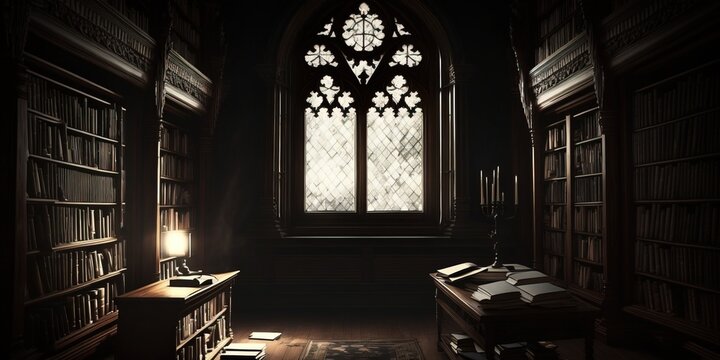
FAQ About Gothic Literature
Gothic Literature
2 years ago | gizem
What is the role of the antagonist in Gothic Literature?
The role of the antagonist in Gothic Literature is pivotal, as this character or force typically embodies the primary source of conflict, fear, and tension in the narrative. Antagonists in Gothic literature can take various forms, from human characters to supernatural entities, and their roles are multifaceted. Here are some key aspects of the role of the antagonist in Gothic Literature:
- Inciting Fear and Terror: Antagonists in Gothic literature often serve to instill fear, terror, and suspense in the reader. Their presence or actions create a sense of dread and unease, contributing to the overall atmosphere of the story.
- Conflict and Opposition: Antagonists are the primary source of conflict and opposition for the protagonist(s). They create obstacles, whether physical, psychological, or moral, that the protagonist must overcome to achieve their goals or survive.
- Moral Ambiguity: Gothic antagonists are frequently morally ambiguous or morally corrupt. They may engage in morally reprehensible actions, challenging the reader's ethical judgments and adding complexity to the narrative.
- Exploration of Dark Themes: Antagonists often embody dark and taboo themes, such as greed, lust, revenge, and madness. They serve as vehicles for the exploration of these themes and their destructive consequences.
- Supernatural or Uncanny Elements: In some Gothic works, the antagonist is a supernatural or uncanny force, such as a ghost, vampire, or malevolent spirit. These entities add an element of the supernatural to the narrative and create a sense of the uncanny.
- Psychological Depth: Antagonists in Gothic literature are not always one-dimensional villains. They may possess psychological depth, with backstories, motivations, and inner conflicts that make them more complex characters.
- Symbolism and Allegory: Antagonists can be symbolic or allegorical figures, representing broader themes or societal issues. For example, they may symbolize the consequences of unchecked power, societal corruption, or the darkness within the human psyche.
- Misdirection and Mystery: Gothic literature often employs misdirection and mystery surrounding the antagonist. The true nature or identity of the antagonist may be concealed or revealed gradually, keeping readers in suspense.
- Supernatural Abilities or Powers: Some antagonists possess supernatural abilities or powers that make them formidable adversaries. These powers add an element of the extraordinary to the story.
- Catalyst for Character Development: Antagonists challenge the protagonist's beliefs, values, and resilience. They can serve as catalysts for the protagonist's growth and transformation, forcing them to confront their own flaws and limitations.
- Creation of Gothic Atmosphere: The presence of the antagonist contributes significantly to the creation of the Gothic atmosphere, characterized by eerie settings, dark themes, and a sense of foreboding.
- Resolution and Catharsis: The ultimate confrontation with the antagonist often leads to the story's resolution and catharsis. The defeat, redemption, or resolution of the antagonist's role provides a sense of closure and resolution for the reader.
